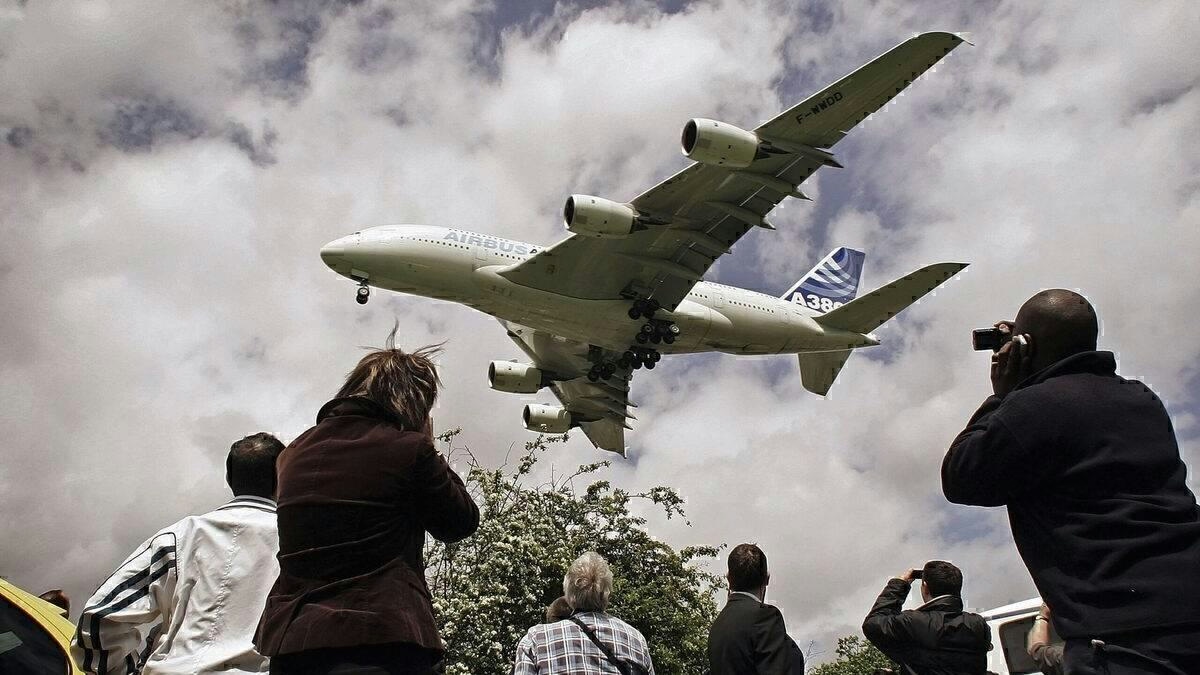
AeroGenie: Su copiloto inteligente.
Tendencias
Categories
Aviation Lease Rates Hit Record High

Aviation Lease Rates Reach Unprecedented Levels
The private aviation sector is experiencing an extraordinary surge in lease rates, marking a significant departure from traditional market dynamics. For the first time in recent memory, private jet owners are not merely offsetting depreciation costs but are generating profits by leasing their aircraft. This development challenges the longstanding perception of private jets as depreciating assets and signals a notable shift within the industry.
Drivers Behind the Surge
Several interrelated factors have contributed to this sharp increase in lease rates. The post-pandemic recovery in aviation demand has coincided with ongoing global supply chain disruptions, which have complicated maintenance schedules and limited aircraft availability. The constrained growth of global aircraft fleets further intensifies the situation. Business aviation activity has risen by approximately 15% compared to 2019 levels, yet original equipment manufacturers (OEMs) such as Boeing and Airbus continue to grapple with production backlogs, labor shortages, and parts scarcities. These challenges have restricted fleet expansion options for airlines and operators, heightening competition for the limited number of available jets and driving lease rates to record highs.
This environment has also impacted engine leasing, with rates increasing by 20 to 25 percent since 2019. While high utilization rates reflect strong demand, they also accelerate wear and tear, leading to increased maintenance requirements and costs. To reduce downtime and maintain operational efficiency, aircraft owners are increasingly turning to engine leasing, effectively converting what were once liabilities into revenue-generating assets.
Market Responses and Strategic Shifts
The market’s reaction to these developments has been varied. Air Lease Corporation has reported robust demand and elevated lease rates, yet some airlines are experiencing financial pressures. For instance, IAG’s share price recently declined amid weakening yields and passenger loads on transatlantic routes. Competitors such as Wizz Air have responded by adjusting aircraft commitments and delivery schedules, illustrating a broader realignment within the sector. Concurrently, companies like Archer Aviation are making significant strategic investments, including acquiring control of Hawthorne Airport, despite facing substantial financial losses. These actions highlight a competitive landscape where financial resilience and strategic foresight are increasingly critical.
Financing as a Viable Alternative
In light of these challenges, financing private aircraft ownership is emerging as an attractive option for both businesses and individuals. With lease rates at historic highs, the economics of ownership—whether full or fractional—are becoming more favorable. Customized financing solutions offer greater stability and predictability, enabling more effective budgeting amid market volatility. Fixed payment schedules, while potentially limiting flexibility, provide protection against sudden cost escalations and ensure reliable aircraft access—advantages that leasing arrangements may not consistently deliver given current supply constraints.
Transitioning from lessee to owner allows private aviation to evolve from a reactive to a proactive pursuit. In an environment where reliability and consistency are paramount, exploring ownership and financing options may offer the long-term stability and control that are increasingly valued in today’s aviation landscape. As the industry continues to adapt to ongoing disruptions and intensifying competition, strategic financial planning will be essential for navigating these challenging conditions.
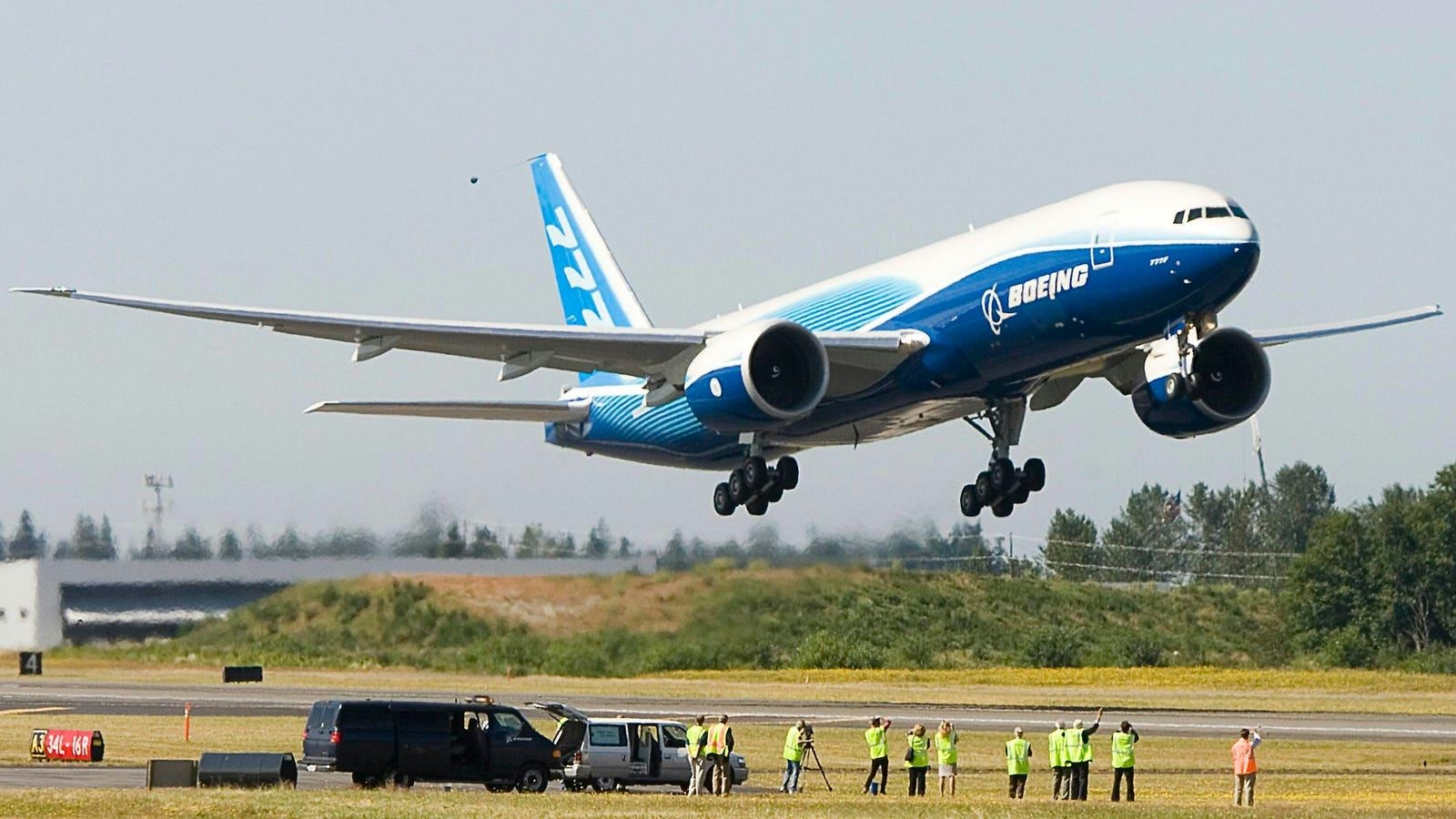
New Aircraft to Succeed the Boeing 777-200LR
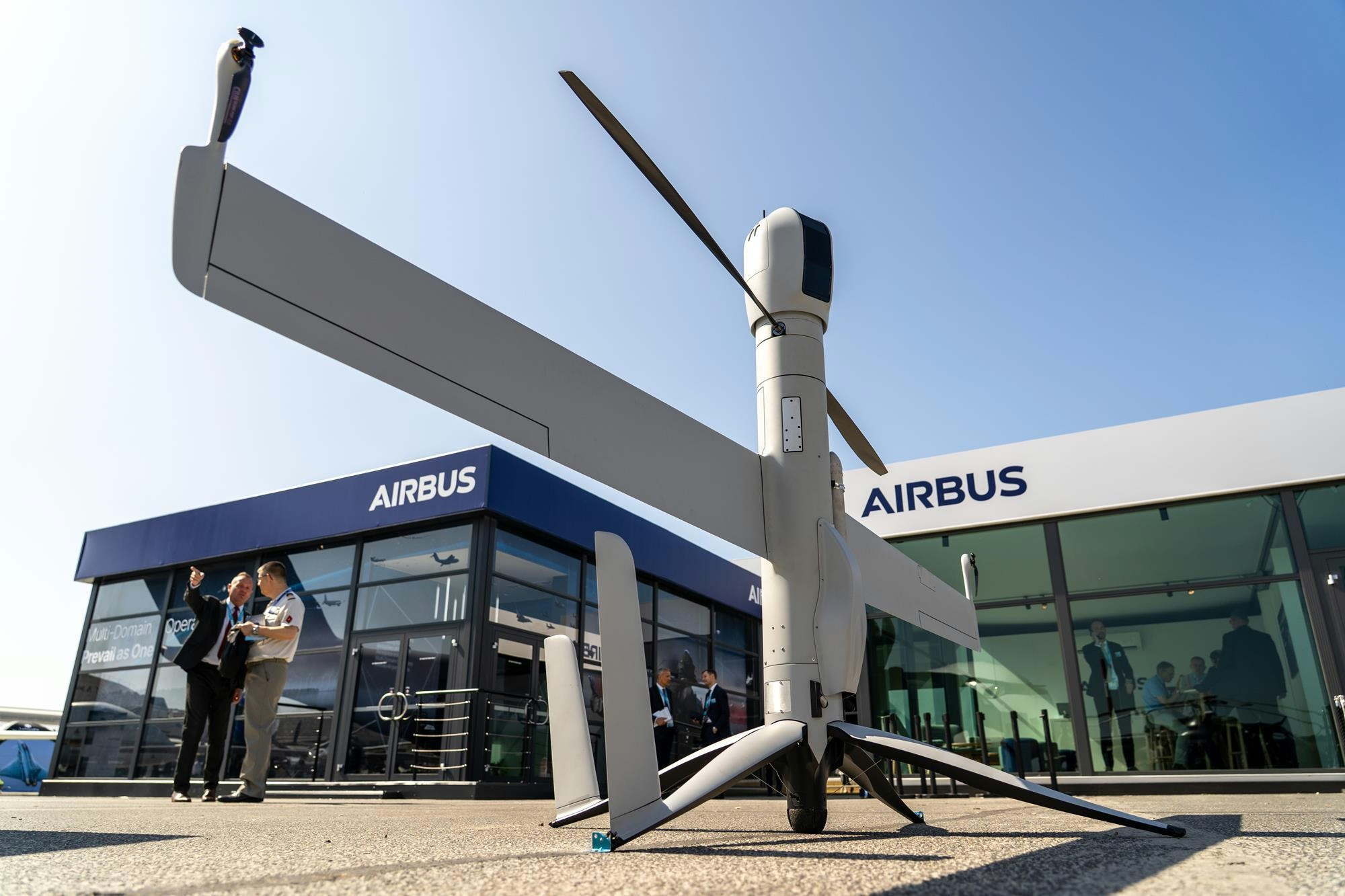
Uzbekistan Becomes First in Central Asia to Order Airbus Flexrotor Drones
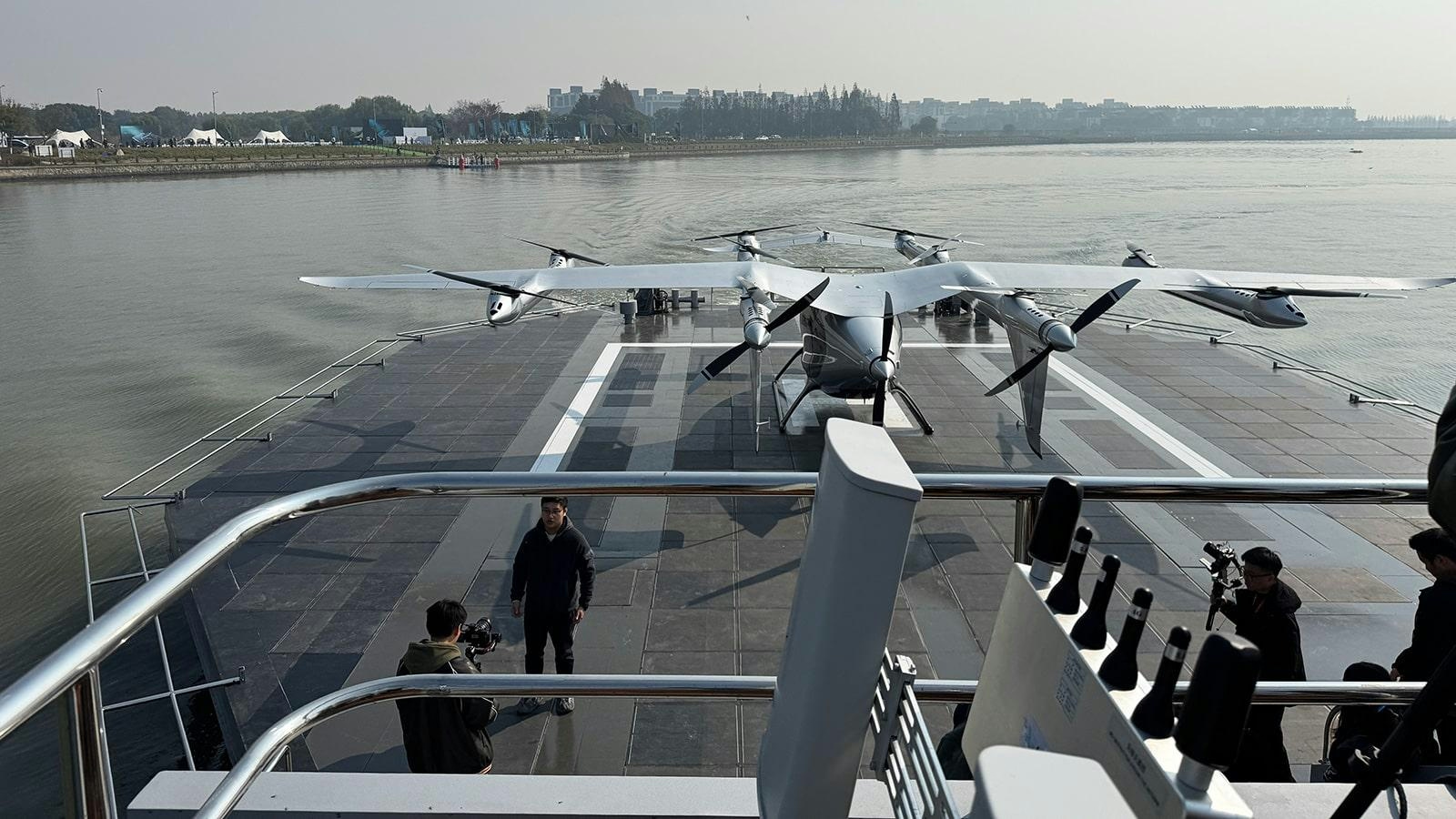
AutoFlight Unveils Zero-Carbon eVTOL Water Vertiport

SmallRig Partners with Photographer Chen Cheng to Advance Aerial Imaging
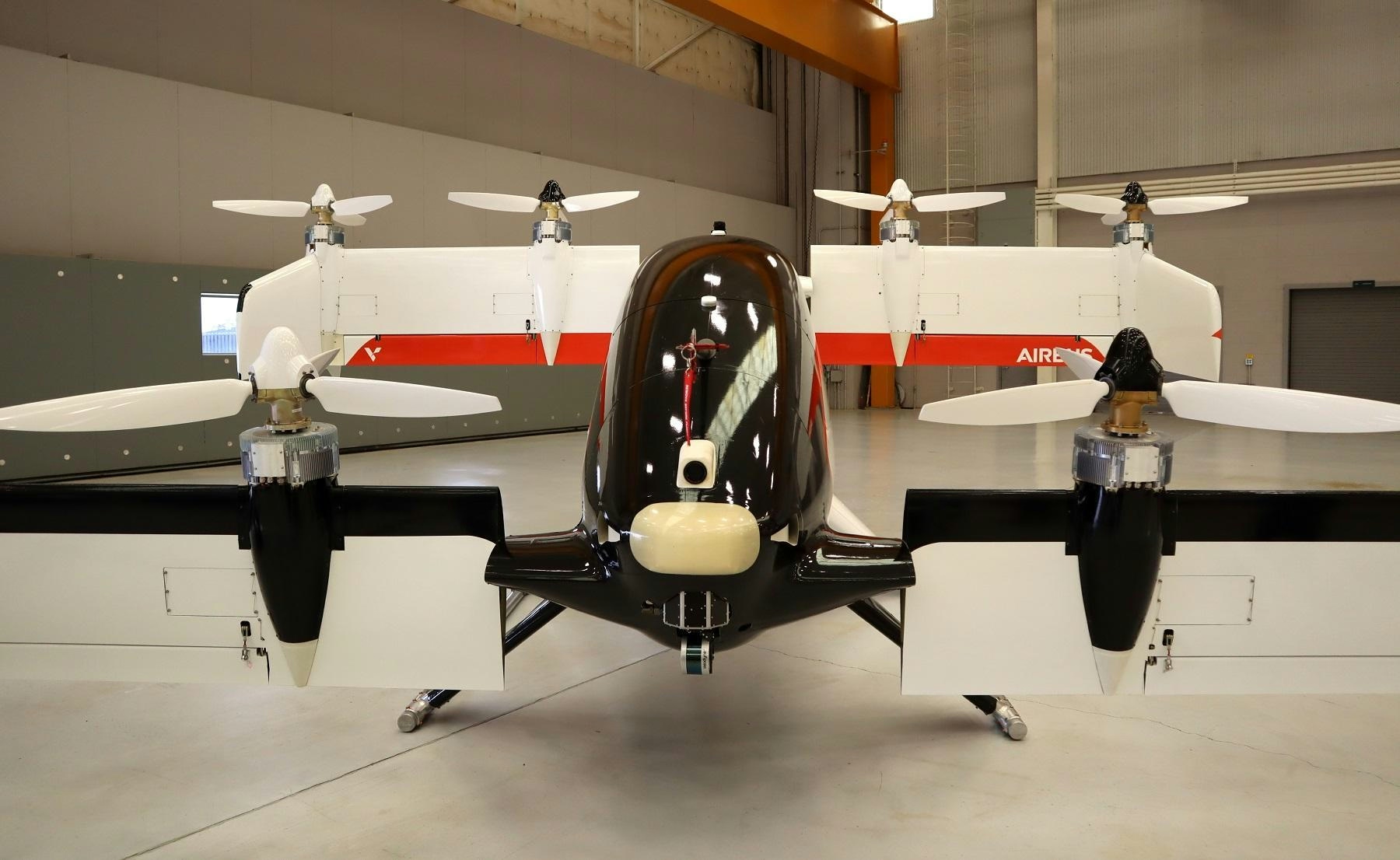
Inside a Four-Seater Flying Taxi Designed for Future Pilotless Flights
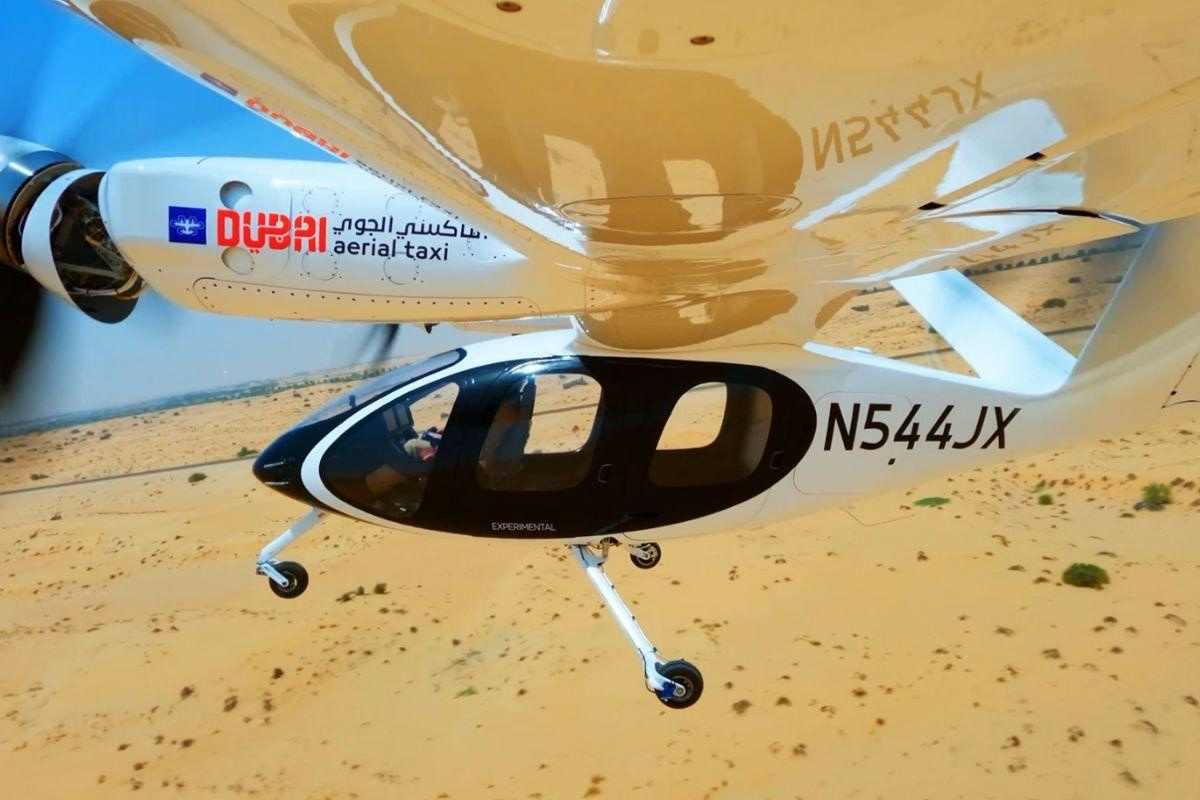
Dubai Prioritizes Public Safety Ahead of 2026 Air Taxi Launch

Emirates Airlines Unveils Major Initiatives at Dubai Airshow
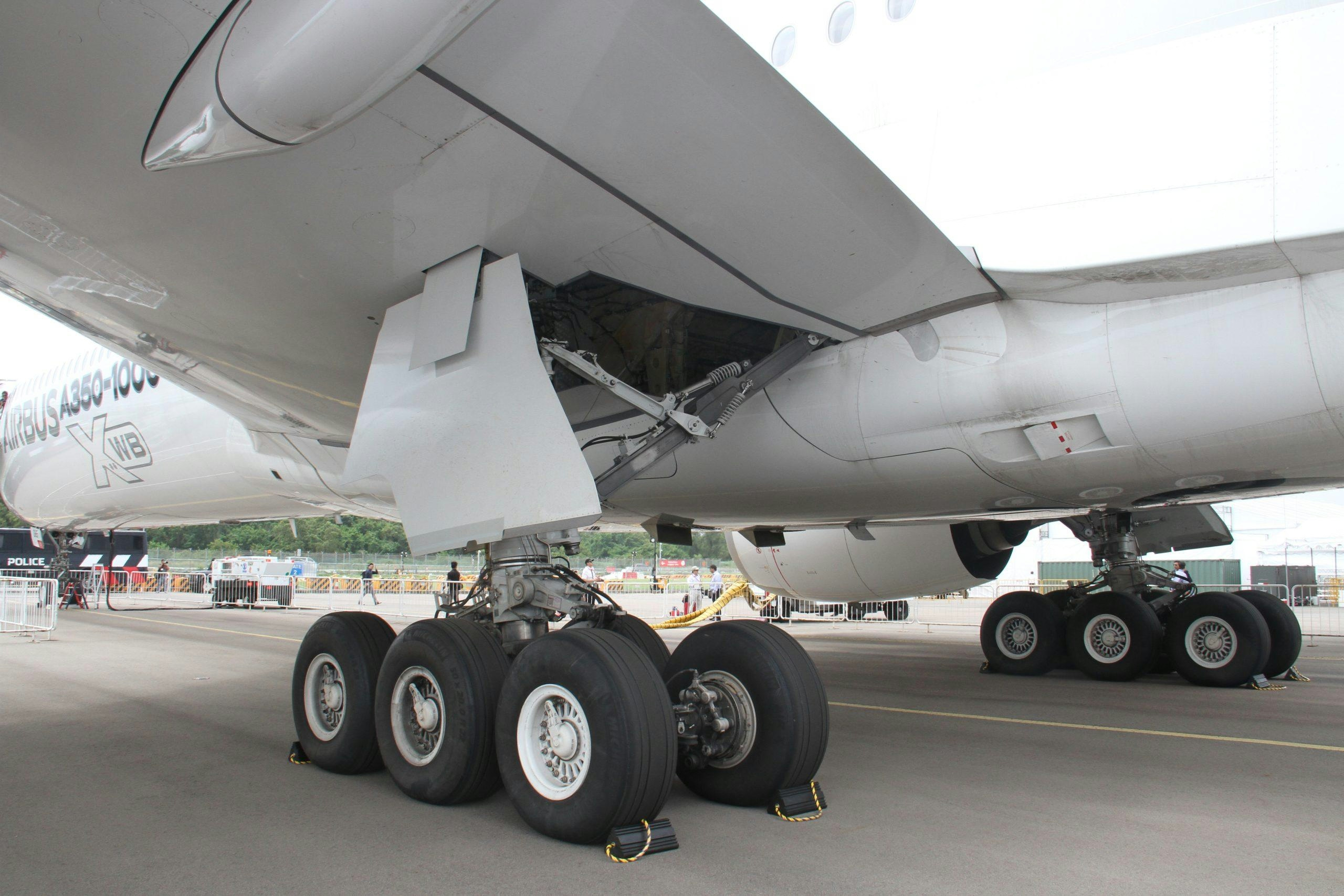
Why Airbus Markets the A350 as a Long-Range Leader
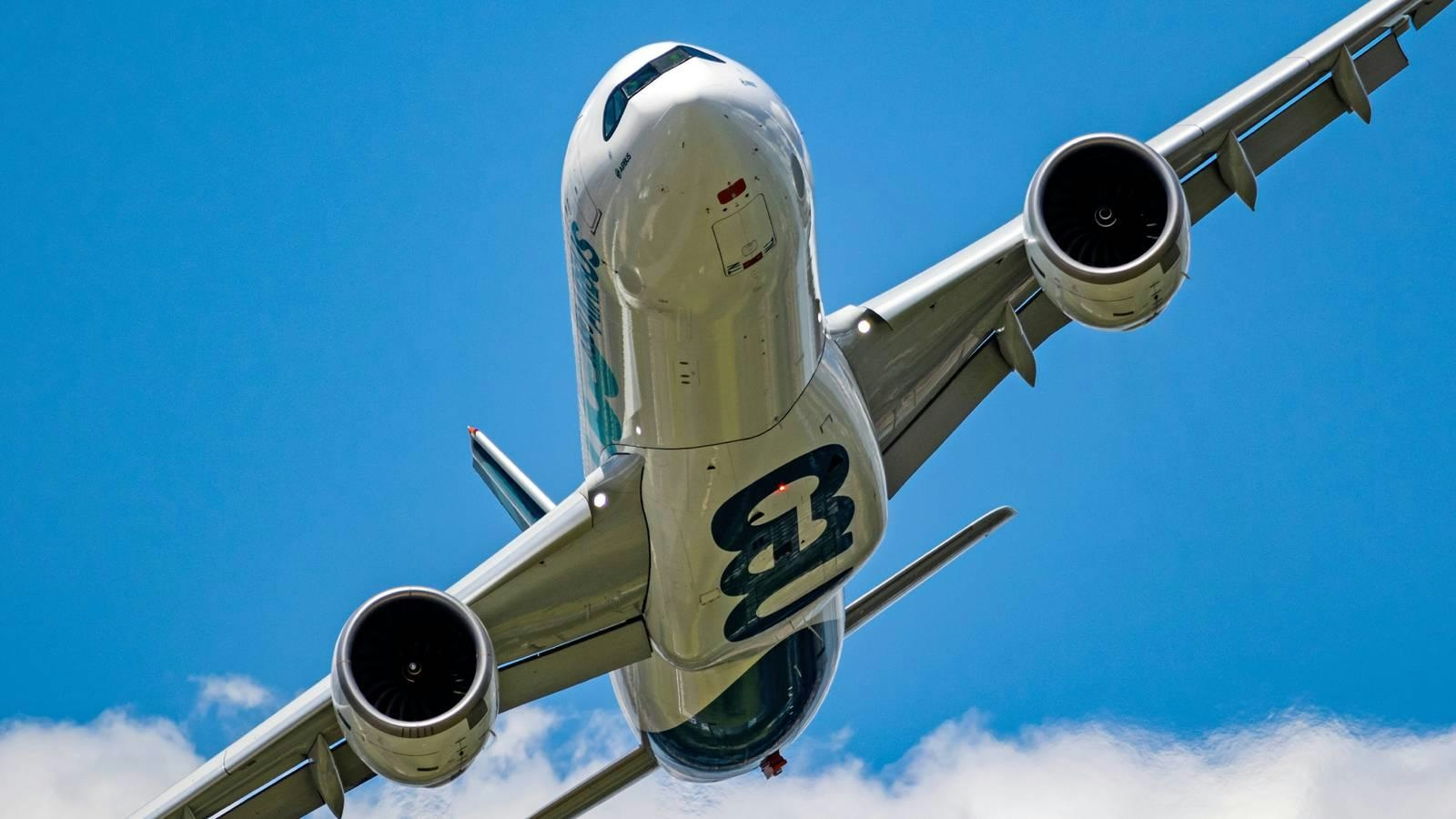
Why Is the Airbus A330neo Limited to a Single Engine Type?
